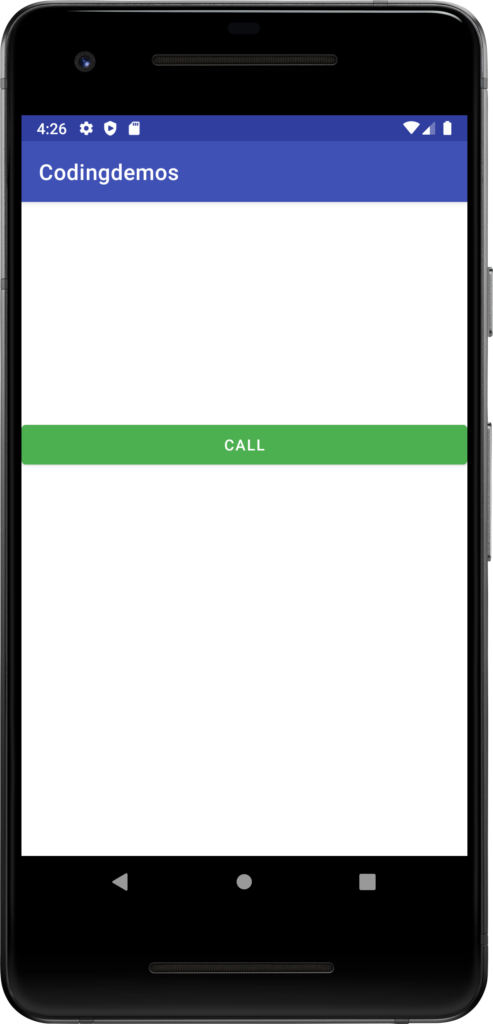


keep public class * extends android.view.

Add to the repositories section: repositories In your app’s gradle file, add the following statements in order to automatically retrieve the Pendo (or Insert) SDK repository. You would also need to increment your app version. Notification permissions for apps targeting Android 12L (API. The setVisitor and userAttributes API endpoints have changed in this update. Set up the SDK Edit your app manifest Request runtime notification permission on Android 13+. In their most basic form, explicit Intents are straightforward.Warning: To install this version, you will need to change your older Pendo Mobile installation code. These are used to start an application component within your control–a class or activity to which you have access. If you’re developing a multi-activity application, you will likely use a lot of explicit Intents. When a user taps the login button, your app calls getLoginIntent() to get the. Intents come in two types: explicit and implicit. To integrate LINE SDK for Android, import the required library to your. Further on in the documentation, it gives the more approachable description that “ most significant use is in the launching of activities, where it can be thought of as the glue between activities.” Okay, that makes more sense and explains why they seem to be involved in so many things. Android’s official documentation defines an Intent as “an abstract description of an operation to be performed”…helpful.

Step 4: Now run the App and you will see your custom name in Toolbar. Step 3: Edit String value to your custom name. Step 2: Open Strings.xml file present inside values. Let’s start out by getting a baseline definition. How To Create Custom Label in App: Step 1: Click on values values. My goal with this post is to share what I have learned about these powerful abstractions and to provide a useful and interesting example in the process. However, after doing this a few times myself, my lack of understanding kept nagging me to dig deeper. It is all too easy to copy-paste a few lines from a StackOverflow answer and never come back to it because things seem to just work. This may be because Intents tend to work quite smoothly when used in the right circumstances. Until recently, all I knew about them was that they were used in everything from navigation within an application to media playback and interacting with external applications.ĭespite the many uses of Intents, I never ran across a great explanation of their purpose until I dug into the Android documentation. Intents show up pretty regularly in the official Android tutorials and frequently appear in StackOverflow answers. If you have spent much time with Android development, you have likely run across Android’s Intent object.


 0 kommentar(er)
0 kommentar(er)
